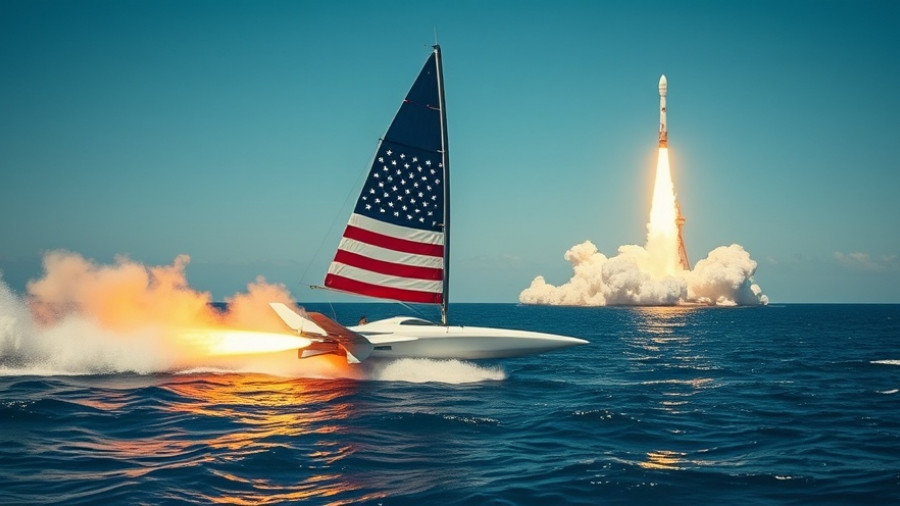
Introducing the Future of Mine Neutralization
In recent demonstrations, RTX's Raytheon has showcased the groundbreaking capabilities of its Barracuda mine neutralizer, marking a significant leap towards autonomous military technology. The Barracuda not only promises enhanced safety for military personnel but also effectiveness in mine clearance operations. This innovative system is designed to operate independently, utilizing advanced technologies that prioritize precision and efficiency in high-stakes environments.
The Design and Functionality of Barracuda
The Barracuda mine neutralizer combines remote operations with a level of artificial intelligence that allows it to navigate complex terrains while assessing mine threats. With its deployment on various platforms, including unmanned surface vessels, Barracuda can engage in real-time locational analysis and decision-making, ensuring that it identifies and neutralizes mines without human intervention.
Importance of Autonomous Technologies in Defense
As military operations evolve, the need for safer and more effective methods of mine detection has become paramount. Autonomous systems like Barracuda reduce the risks faced by soldiers, making the battlefield a safer place. By embracing technology, the military can minimize casualties and streamline operations, illustrating a clear path towards modernized defense strategies.
Potential Impact on Military Strategy
The introduction of effective autonomous mine neutralizers could redefine military tactics. Similar to how drones have altered air combat, technologies like Barracuda can change approaches to ground warfare. With reduced personnel on the front lines and more efficient mine detection, the military could allocate resources differently, leading to a comprehensive reassessment of security strategies.
Community Insights: Military Tech and Local Businesses
In light of these advancements in military technology, local businesses connected to defense contracting are experiencing an uptick in interest. As companies begin to adapt their offerings to align with defense innovations like Barracuda, there are opportunities to strengthen community ties through local employment and development initiatives. Investing in local talent can amplify not only the military’s operational capabilities but also bolster the local economy.
Embracing the Future of Technology
The innovations exemplified by the Barracuda mine neutralizer represent more than just technological advancement; they highlight a pivotal moment in how communities, industries, and the military intersect. By adopting cutting-edge technologies, we are not only ensuring safety but also fostering a culture of advancement. As stakeholders embrace these changes, the shared goal becomes clear: enhancing security for all.
 Add Row
Add Row  Add
Add 




Write A Comment